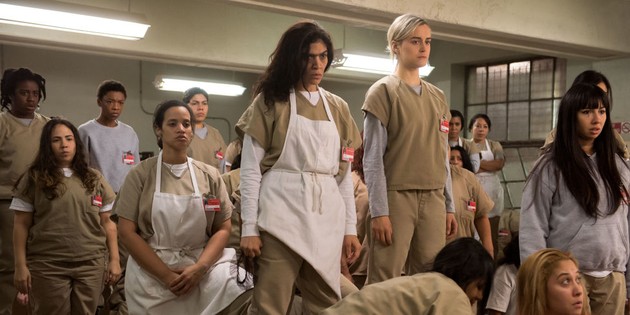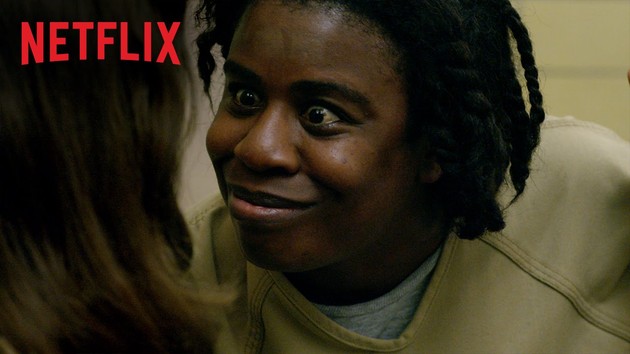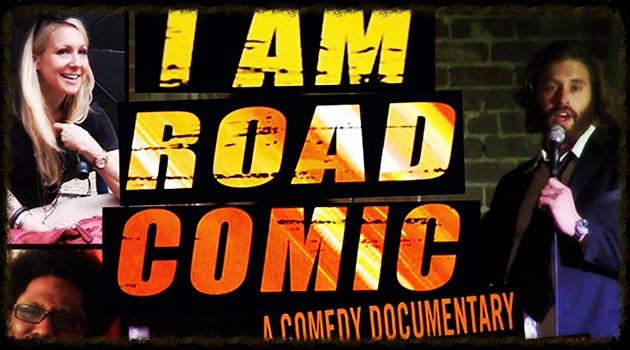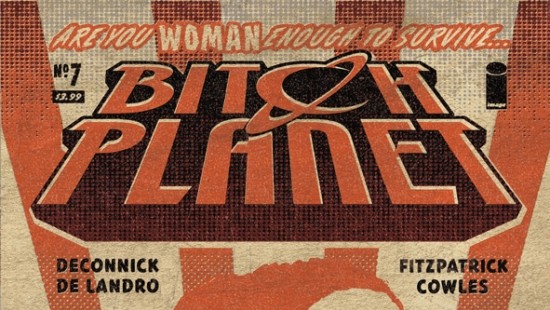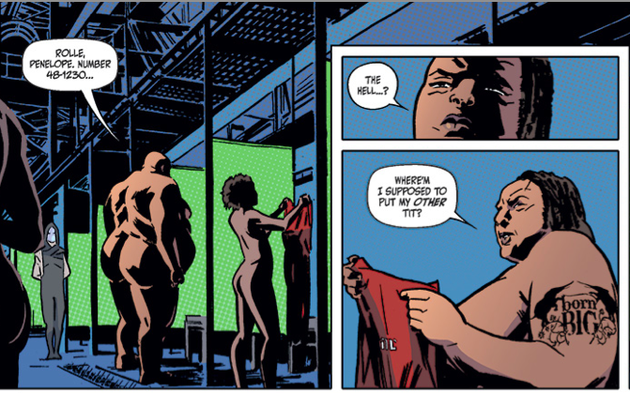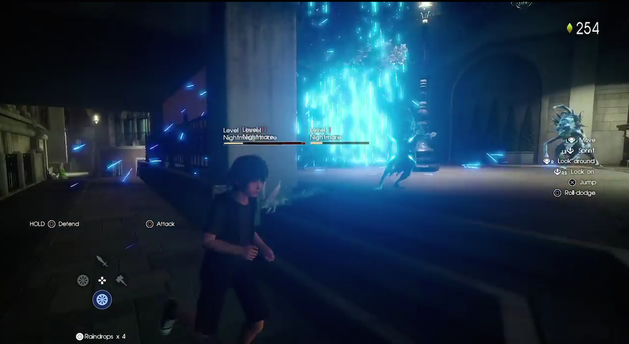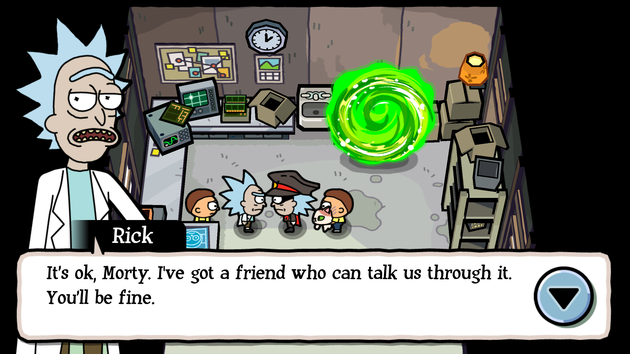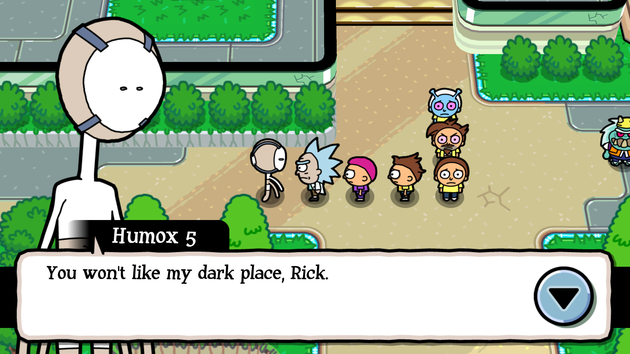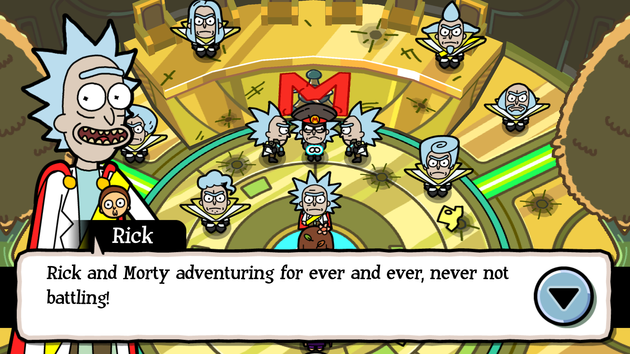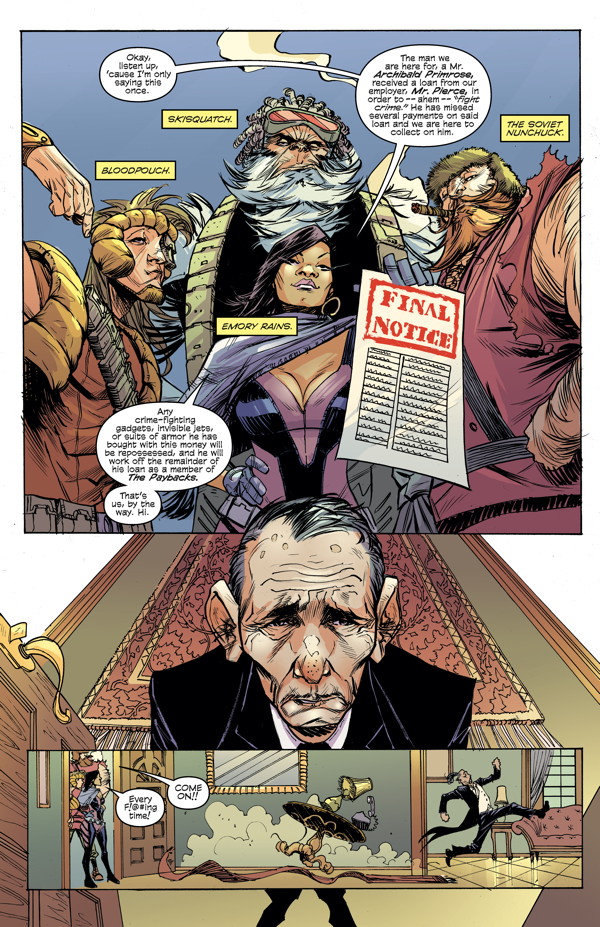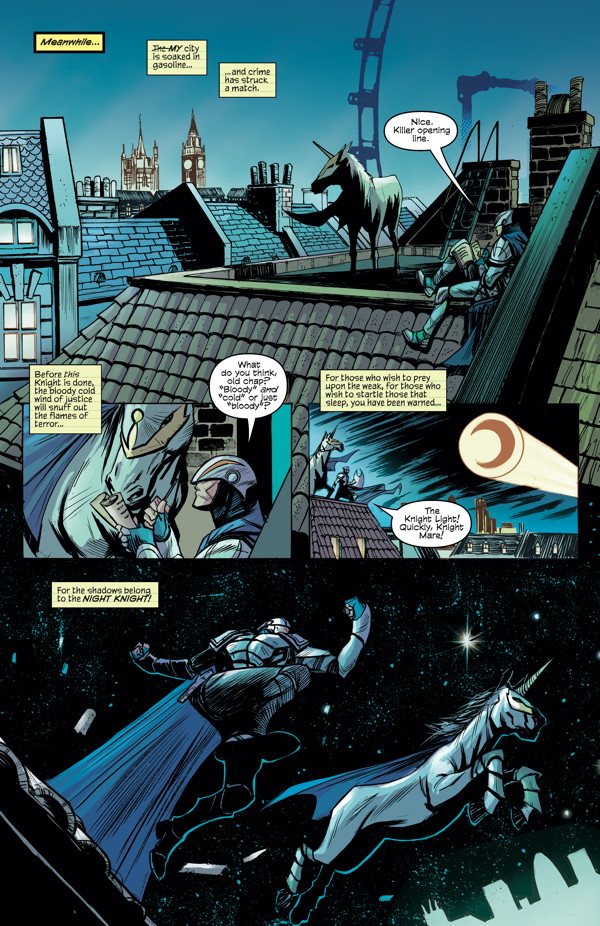ANNIHILATION (8.5 out of 10) Directed by Alex Garland; Written by Alex Garland; Starring Natalie Portman, Oscar Isaac, Jennifer Jason Leigh, Tessa Thompson, Gina Rodriguez, Tuva Novotny, Benedict Wong; Rated R for violence, bloody images, language and some sexuality; Running time 115 minutes; In wide release February 23, 2018.
This review will contain spoilers.
Based on the science fiction novel by Jeff Vandermeer, Annihilation is the newest film from Alex Garland, the brilliant mind behind 2014’s sci-fi thriller Ex Machina. Natalie Portman stars as Lena, a soldier-turned-biologist whose husband, Kane (Oscar Isaac) is missing in action under mysterious and secretive circumstances. When he shows back up unexpectedly, Lena is drawn into a web of secrecy surrounding something called “The Shimmer.”
A meteorite crashed into the Earth at the base of a lighthouse and its influence is expanding and threatens life on Earth. Everything they’ve sent into this area to that point hasn’t come back. Naturally, Lena volunteers.
On the surface, it might seem as though this is your average film with a straightforward narrative and Garland plays it so that it can definitely be enjoyed on that level, but looking deeper, there’s so much more going on. Good art has meanings hidden and deeper inside of it, ready to be decoded. And although no two interpretations will be exactly alike, I left the theatre as changed by the Shimmer as Lena was upon her escape.
The film, at least to me, had a lot to say about how we change and grow. The meteor, the alien, the changes in the world caused by the Shimmer all secondary to the characters that enter its crucible and the struggles they go through. It’s thought to be a suicide mission, but it’s really more complicated than that.
In a particularly poignant scene, Dr. Ventress (Jennifer Jason Leigh) and Lena have a conversation about the nature of self-destruction and how that self-destruction is a natural process and how self-destruction and suicide are actually mutually exclusive. Lena, as a biologist has spent the film to that point talking about how the self-destruction of cells in the process of splitting leads to new life. Each of the characters entering the Shimmer are people on paths of self-destruction with nothing left to lose.
But this crucible is metaphorical, really. And they’re all seeking a way to be reborn into something new, something that suits them as they seek new lives. Some end up in the oblivion of death, where the self-destruction takes them too far over the brink. Others, like Tessa Thompson’s Josie Radek, take their habits of cutting to feel alive and transform that into a biological entitiy that would be unrecognizable as human, but they find that new life nonetheless. Ventress embarks on her journey of discovery because of the cancer in her, knowing that while she’s not consciously self-destructing, her body is doing it to her anyway. If there’s anything that can cure that, it’s through the crucible. It felt to me that she was like a philosopher, coming to terms with their death and choosing the time it happens. Even through this she’s transformed into something else and Lena sees a mirror of herself in this new entity.
But the crux of the story is the changing Lena and Kane need to do in order to stay together as partners. Through the narrative, it’s revealed that Lena’s self-destructive behaviour began as an affair with a co-worker. Then it passes on to Kane and, in his jealousy, he signs up for a volunteer mission into the Shimmer. He goes through a baptism of fire, literally and figuratively, and comes out a changed man.
For Lena to follow him, she needs to change just as drastically, and that’s what motivates her to cross into the Shimmer. The need to change, to become a new person. To take the DNA of her personality and shine it through that prism of the Shimmer and split it into the best and strongest fragments of herself. During her ordeal, she takes on the attributes of some of her teammates, both physically (like that tattoo) and mentally, but she emerges stronger for it.
You can see this theme emerge through the use of the cups of water in the film. In her first real scene with Kane, Lena brings him a glass of water and we see their hands held refracted through the distortion of the glass. She recoils when she doesn’t recognize this man at all and his hands are left alone in that refraction. He sips the water and taints it with his blood.
As Lena recounts her story, a similar glass of water is on the table beside herself and she doesn’t allow herself to sip until the very end. No blood is present. And when she leaves her hands at rest, the thing we can see refracted through the glass is her hand and, more specifically, her wedding ring. She’s been through her own growth and is now ready to meet her husband as someone she knows again, rather than a stranger.
When they embrace at the end of the movie, they’ve both gone on a journey and the shimmer of the fire they’ve been through is still in their eyes. But whatever it was they’d gone through in their past, all of that self-destructive behavior, split them into the people they are now. And, presumably, they’re better for it. Together.
The film, at least to me, seems to be about growth and evolution and forgiveness at its core, and when you combine it with the beautiful cinematography, carefully designed alien worlds, the tension of a horror film, music that speaks more to a love story than science fiction, and actors at the top of their game, you get a film as complex and layered as Annihilation. Good science fiction is something we can hold up to ourselves like a dark mirror and see truths that would otherwise be hidden, and this film delivers that experience in spades.
See it while it’s in the theatre and find yourself changed as well.
(8.5 out of 10).
